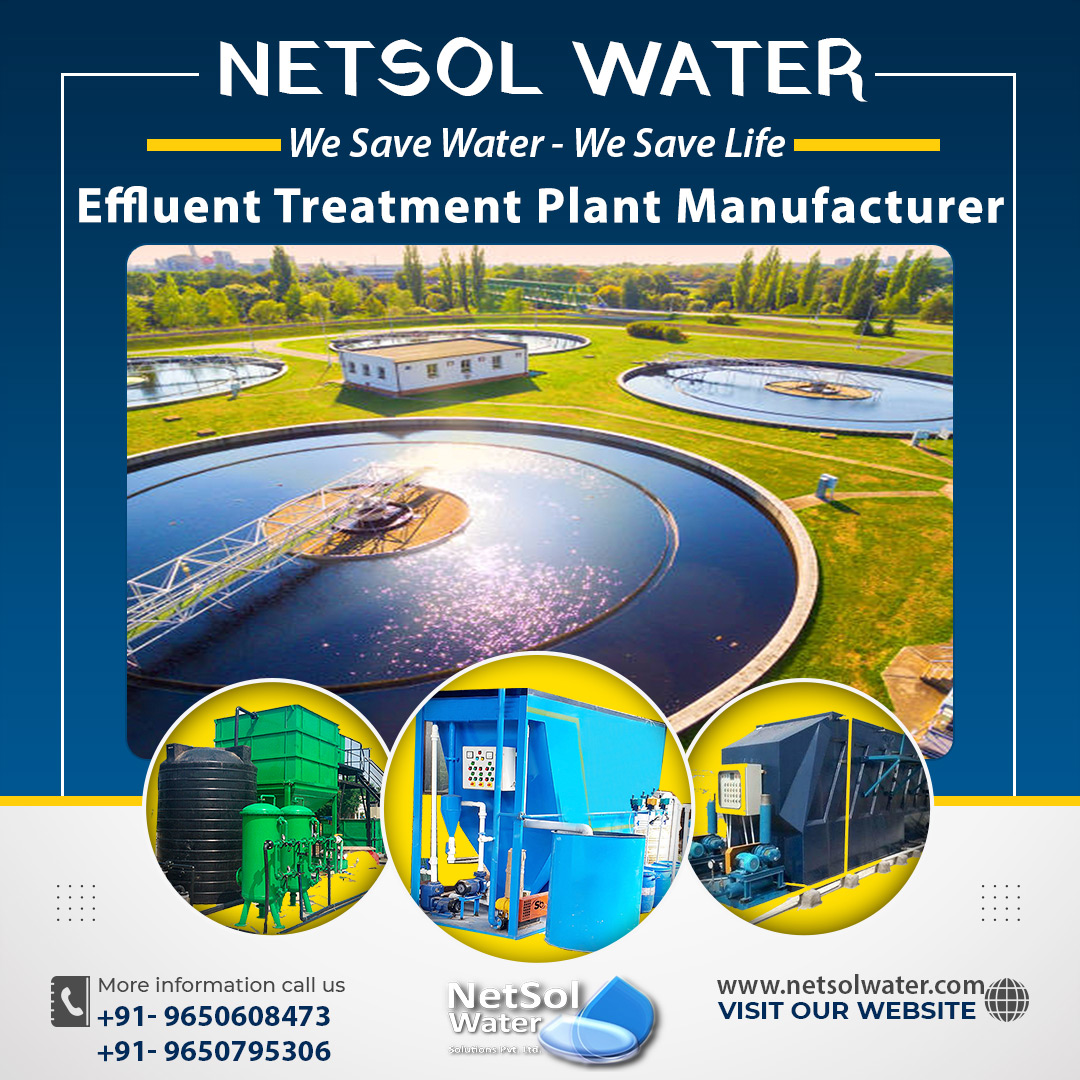What is the relevance of ETP for petroleum refineries?
Petroleum refinery effluents (PRE) are wastes generated by the crude oil and fuel processing sectors, as well as the petrochemical intermediate products industry. These effluents are major pollutants in the natural ecosystem. The effluents contain oil and grate, in addition to other industrial toxins. Despite continuous efforts to substitute fossil fuels, crude oil remains a key raw material.
How is wastewater created in Petroleum refineries?
The need to adjust to rising global energy consumption, which is expected to rise by 44% over the next two decades, poses substantial worldwide difficulties in the production of crude oil and PRE. The extraction of crude oil necessitates massive amounts of water. As a result, significant amounts of wastewater are created.
Classification of the Refinery sludge
The waste created in refineries can be roughly categorised as follows based on its source and chemical composition:
1: Hydrocarbon waste: API separator sludge, dissolved air floatation float, slop oil emission solids, tank bottoms, FFU sludge, desalter bottoms, and waste oils/solvents.
2: Spent Catalysts: This category comprises spent fluid cracking catalysts, hydro-processing catalysts, and various spent inorganic clays.
3: Chemical/Inorganic Wastes: This category comprises used caustic, used acids, and used amines.
4: Contaminated Soils and Solids: This category comprises heat exchanger cleaning sludge, waste coke/carbon/charcoal, waste sulphur, and other contaminated soils.
5: Aqueous Waste: This category comprises biomass, oil-contaminated water (but not wastewater), high/low pH water, and wasted sulphide solutions.
Wastewater treatment in refineries
Water is utilized extensively in the refining process, particularly for cooling, distillation, hydrotreating, and desalination.
Tank drains, flushing equipment, rivers, and sanitary wastewater are also produced. As a result, it is obvious that refinery wastewater treatment can be broadly characterized as the process or non-process wastewater treatment. In most contemporary refineries, these various effluent systems are fed into sewage systems.
Most petroleum refineries have at least two separate sewers:
• Stormwater and exterior run-off and
• All processing water and wastewater generated by power plants.
Nonetheless, in most efficient refineries, process water drains are generally split into more than one wastewater effluent, reducing the charge in effluent treatment plants, increasing the efficiency of each treatment unit, and expanding wastewater reusability opportunities in various refining systems.
Contaminants in wastewater produced by petroleum refineries
The amount and qualities of wastewater created are determined by the procedure's setting.
1: Refineries produce wastewater with biochemical (BOD) and chemical demand (COD) levels of about 150–250 mg/l and 300–600 mg/l, respectively;
2: Oil levels of 20–200 mg/l in desalted water and up to 5,000 mg/l in tank bottoms;
3: Benzene concentrations of 1–100 mg/l; and benzo(a)pyrene values of less than 1-100 mg/l in desalted water and up to 5,000 mg/l in tank bottom;
4: Refineries also generate a lot of solid waste, 80 percent of which might be considered harmful due to the presence of poisonous organic compounds and heavy metals (from 3 to 5 kg per tonne crude processed). Because refinery contaminants are complex and diverse, integrating treatment procedures before discharge is frequently the norm.
Separation of water streams, such as rainwater, process water, hygiene systems, wastewater, and so on, is critical for reducing treatment requirements. Understanding the distribution of oil droplets in waste refining is essential for understanding the behaviour of wastewater in a water and oil separator. This volume distribution is critical for determining and relying on the best oil-water separation process.
Various tried-and-true or cutting-edge processes can be employed to extract oil and grain from wastewater generated by the oil processing sector.
Methods for disposing of oily sludge from petroleum refineries
After oil recovery, oily sludge should be disposed of using a variety of processes, including burning, stabilization/solidification, oxidation, and biodegradation.
1: Incineration: This process involves the total burning of oily wastes in the presence of extra air and supplementary fuels. Rotary kilns and fluidized bed incinerators are two types of incinerators that are regularly utilized.
2: Oxidation method: Through chemical or other oxidation processes, oxidation treatment is an effective way for degrading a variety of organic pollutants. Chemical oxidation is accomplished by introducing reactive chemicals into oily wastes, which oxidize organic compounds to carbon dioxide and water or convert them to non-hazardous substances such as inorganic salts.
3: Bioremediation: By refining crude oil, refineries generate oil sludge as trash. This sludge has a low biodegradability. One of the biggest issues that oil refineries face is the safe disposal of oily waste in the environment. Many of the oil sludge components are carcinogenic and immuno-toxic. Toxic contaminants are reduced or eliminated using living organisms (bacteria, fungus, certain algae, and plants). These creatures could be naturally occurring or grown in a laboratory. They either eat the contaminants (organic chemicals) or assimilate all dangerous substances (heavy metals) from the environment, leaving the area contaminant-free. The addition of fertilizers, compost, bulking agents, and some chemicals, such as oil dispersant, can improve bioremediation.
What do we offer?
Netsol Water is a renowned producer of water and wastewater treatment plants. Based on client feedback and job quality, we are the most demanding organization in the water industry. We have a reputation for being the top commercial RO plant manufacturer, industrial RO plant manufacturer, sewage treatment plant manufacturer, effluent treatment plant manufacturer, and much more. Aside from that, our USP is 24x7 customer assistance.




